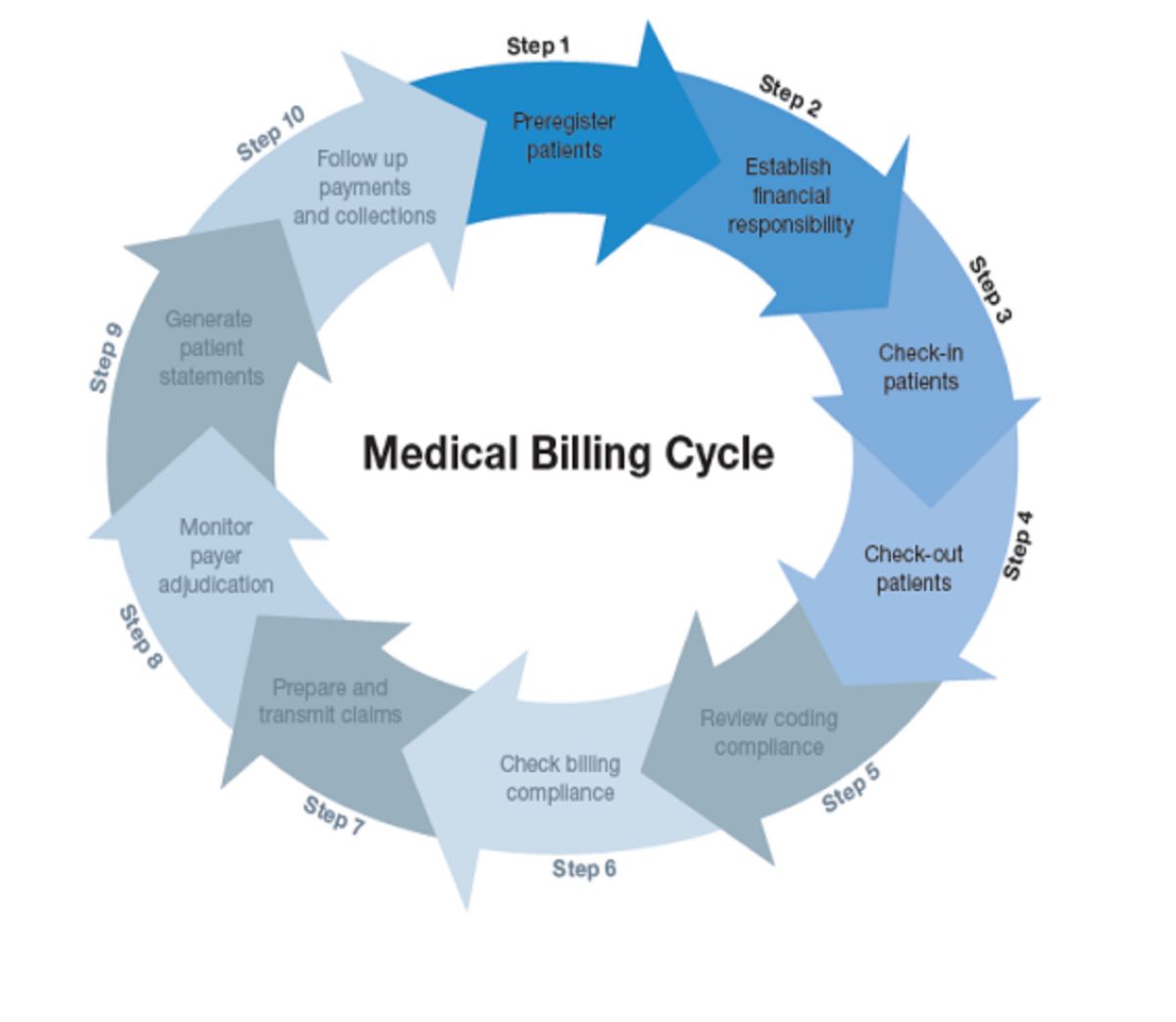

Finance
Cycle Billing Definition
Published: November 7, 2023
Learn the definition of cycle billing in finance and how it can impact your financial management. Gain insights into this billing strategy and its benefits.
(Many of the links in this article redirect to a specific reviewed product. Your purchase of these products through affiliate links helps to generate commission for LiveWell, at no extra cost. Learn more)
Understanding Cycle Billing: What You Need to Know
Welcome to our expert guide on cycle billing! If you’ve ever wondered what cycle billing is and how it works, you’re in the right place. In this article, we’ll dive into the definition of cycle billing, explore why it is used, and discuss its benefits and drawbacks. By the end, you’ll have a clear understanding of this billing method and how it can impact your financial transactions.
Key Takeaways
- Cycle billing is a billing process used by businesses to divide their customers into groups and bill them on different dates within a billing cycle.
- The goal of cycle billing is to evenly distribute billing actions and streamline the invoicing process for businesses.
What is Cycle Billing?
Cycle billing is a billing process used by businesses to bill their customers or clients at different times throughout the month. Unlike traditional methods where all invoices are sent at once, cycle billing involves dividing customers into groups based on specific criteria and billing them on different days or dates within a billing cycle. This process ensures a more even distribution of billing actions and allows companies to manage and streamline their invoicing process more efficiently.
Why is Cycle Billing Used?
The use of cycle billing offers several benefits for businesses and customers alike:
- Improved cash flow: By implementing cycle billing, businesses can receive a steady stream of payments throughout the month, rather than relying on a single billing event. This can help improve cash flow management and ensure a consistent revenue stream.
- Reduced workload: For businesses that handle a large volume of invoices, cycle billing can help distribute the workload more evenly and prevent overwhelming the billing department with a sudden influx of invoices to process.
- Enhanced customer experience: Dividing customers into smaller billing groups means that each group receives their invoices at different times, minimizing the chances of overwhelming clients with a large number of bills arriving at once. This can help improve the overall customer experience and reduce confusion or frustration among customers.
Drawbacks of Cycle Billing
While cycle billing offers many advantages, there are a few potential drawbacks to consider:
- Increased administrative complexity: Managing multiple billing cycles can be more complex and time-consuming for businesses, particularly if they have a large customer base with varying billing preferences and payment terms.
- Delayed payments: Since customers are billed on different dates within a cycle, some may pay their invoices later than others. This can result in delayed payments and impact a company’s cash flow if not properly managed.
In conclusion, cycle billing is a billing method that divides customers into groups and bills them on different dates within a billing cycle. It offers several benefits, such as improved cash flow, reduced workload, and enhanced customer experience. However, it also comes with potential drawbacks, including increased administrative complexity and delayed payments. Ultimately, the decision to implement cycle billing will depend on the specific needs and circumstances of a business.














